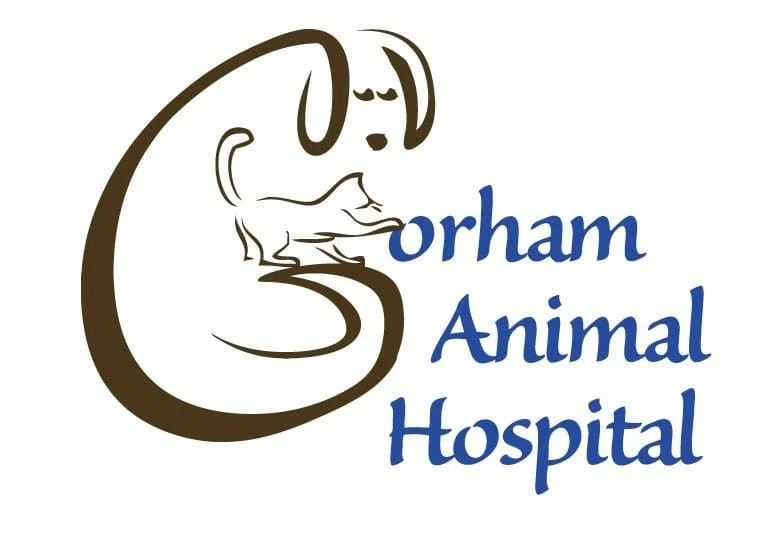Raw Diets, my take…
By: Dr. Sheri Sime
Raw Diets: my take…
Very few topics in veterinary medicine invoke such strong opinions. "B.A.R.F." or Biologically Appropriate Raw Food diets were introduced in a book when the author claimed that feeding raw meat and bones was superior to commercially available diets. It was proposed that the commercial pet food industry was contributing to diseases in pets. This and similar subsequent books have created a following for this practice.
There is no significant evidence there is any benefit to feeding a pet a raw food diet. I have serious concerns about the potential bacterial exposure to both pets and their owners.
The arguments for contemplation of feeding a raw diet:
-
Nutritional inadequacy: Most raw diets have NOT been nutritionally balanced for protein, vitamin and mineral requirements. This is especially of concern with young growing animals or with taurine deficiency in cats that subsequently are at risk to the development of heart disease.
-
Foreign body ingestion (bones): While quite a few pets can tolerate the feeding of bones, veterinarians see the remaining population. Bones, abrasive by nature, can lead to consequences ranging from dental damage to gastrointestinal upset to bowel perforation and life threatening peritonitis.
-
Infectious disease of pets, and owners. Storage guidelines for raw meat are intended to prevent bacterial growth, not contamination. Most bacteria are actually frozen in storage, hence freeze dried foods should not be expected to be safer alternatives. The exception is Campylobacter which does not survive the cold freezing temperatures. Ground meat poses the most risk of bacterial contamination, both with an increased surface area as well as the number of processing steps. "Human" grade meats do NOT indicate a lack of contamination.
Pathogen Contamination
Contamination of food does not necessarily indicate a health risk to pets or humans. In some cases, salmonella requires dose-dependent amounts of the bacteria to cause disease in most humans. However, it should be noted that immunosuppressed individuals in particular could be at risk to even small exposure levels of any pathogen.
Chicken is 4x more likely to contain E. coli contamination. Although not causing a significant disease in dogs, it can do so in humans. Bacteria can be shed into the environment from animals fed a raw diets, potentially contaminating both indoor and outdoor environments. A recent study showed 80% of raw diet food samples contained Salmonella, and 30% of the dogs were shedding the bacteria in their stool for at least 6 weeks afterwards.
Special consideration should be made with infants, elderly, or immunocompromised people (in which illness may occur even when exposed to low numbers of pathogens) are potentially exposed to animals fed raw meat diets. If the decision to feed a raw diet is made, it is important to ensure that household disinfection and the safe storage and handling of raw meats are considered. Cutting boards should not be used for any other purpose. Raw meat should not be allowed to thaw at room temperature. Feces should be similarly handled with care.
Knowing the potential health implications and the lack of scientific evidence for any benefit, I would not advocate the feeding of a raw meat diet. Having personally seen a number of pets fed bones presented with illness.
Home prepared raw diets pose a greater risk than commercially prepared ones. Meat quality, source and processing being critical factors. If an owner chooses to feed a raw diet, they should choose a commercially prepared diet that has met AAFCO feeding trials. Some manufacturers are also utilizing a high pressure pasteurization process. Clients should call these manufacturers directly for assurance of both the quality of the diet and the nutritional adequacy.
The mean life span of a cat is currently 14 years and for a dog, 13 years. I think this reflects both the advancements in veterinary care, as well as the quality of diets available. My personal comfort zone in diet recommendations stays with those companies who demonstrate continued research and nutritional trials and they have demonstrated a commitment to improving both the quality and quantity of a pets life. Therapeutic prescription diets continue to revolutionize medical management of disease.

